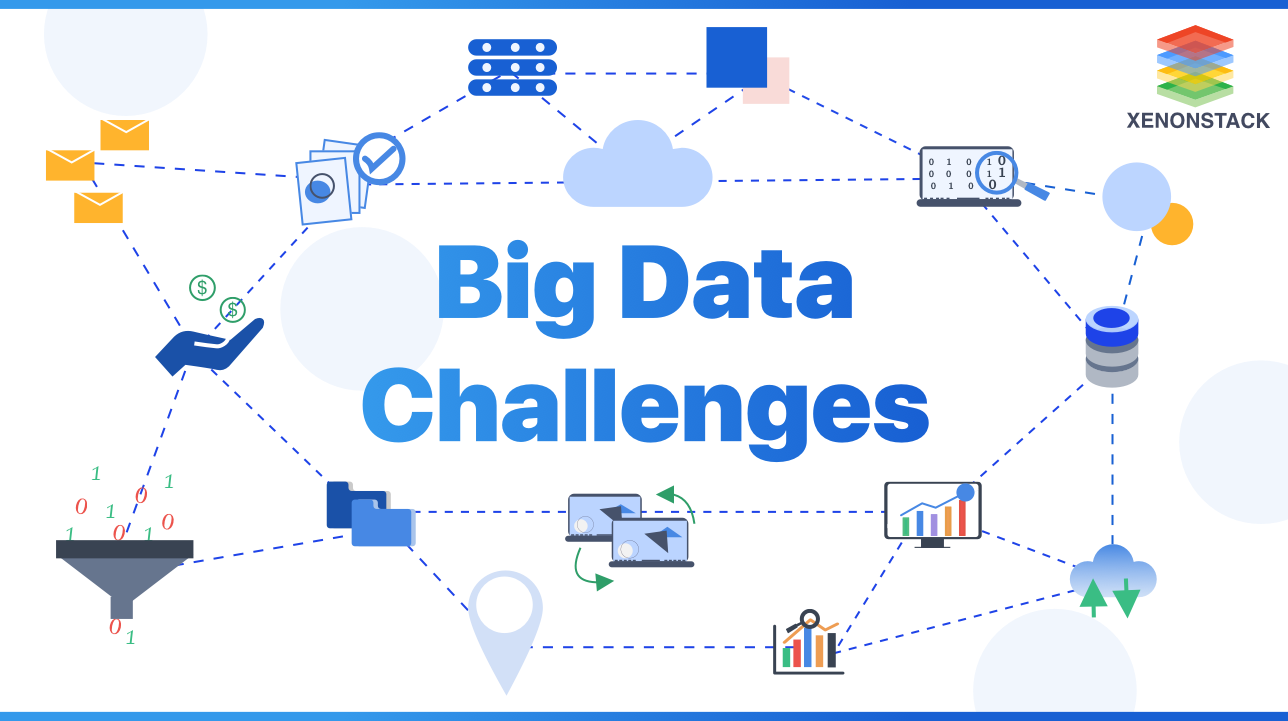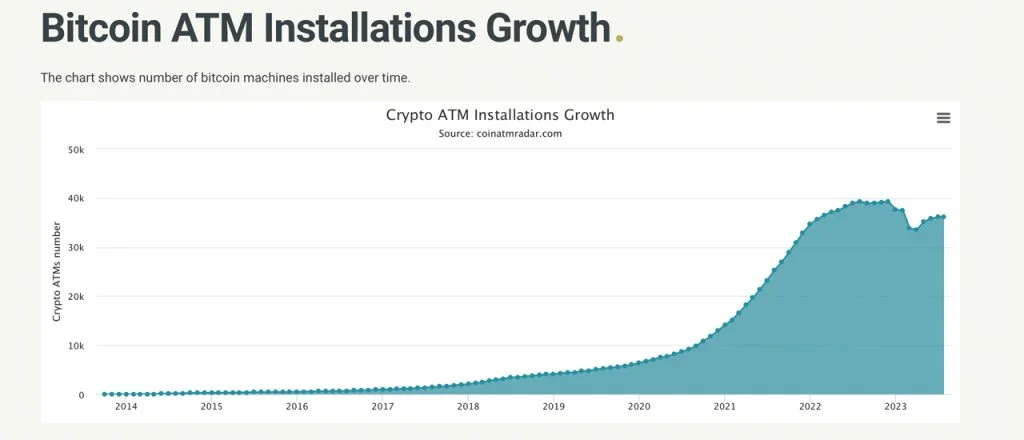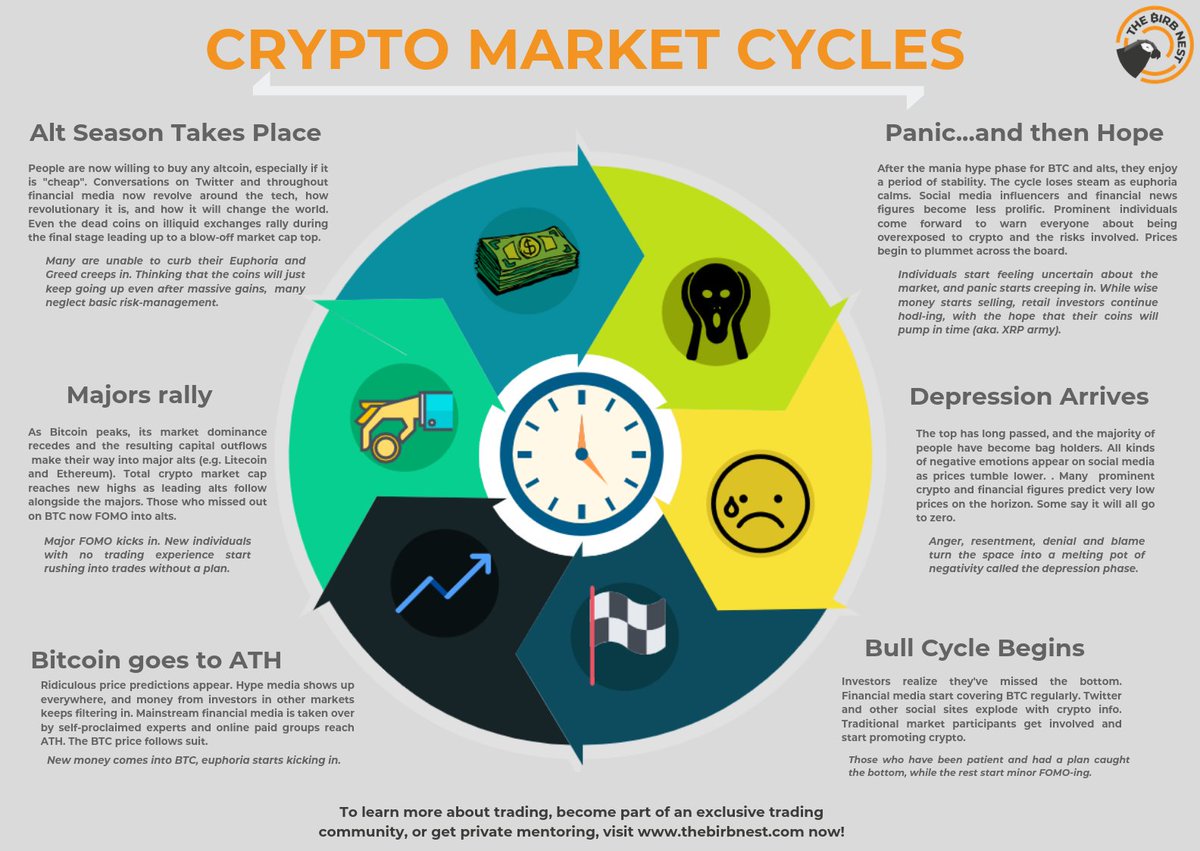 Understanding the Concept:
Understanding the Concept:
Cryptocurrency games have emerged as a fascinating new trend in the gaming industry, combining the excitement of gaming with the revolutionary technology of blockchain. These games are based on the concept of using cryptocurrencies, such as Bitcoin or Ethereum, as a form of in-game currency. By integrating blockchain technology, these games offer a decentralized and transparent gaming experience.
One of the key benefits of cryptocurrency games is the ability to provide players with true ownership and control over their in-game assets. Unlike traditional games where players have limited control and ownership, cryptocurrency games allow players to truly own their virtual assets. This means that players can buy, sell, and trade their in-game items freely, without any restrictions imposed by the game developers.
Moreover, the use of blockchain technology ensures that these transactions are secure and transparent. The decentralized nature of blockchain eliminates the need for intermediaries, such as banks or gaming platforms, thereby reducing the risk of fraud or manipulation. Every transaction made within the game is recorded on the blockchain, providing players with an immutable and transparent ledger of all their in-game activities.
However, creating a cryptocurrency game also comes with its own set of challenges. One of the major challenges is the complexity of integrating blockchain technology into the gaming infrastructure. Game developers need to have a deep understanding of blockchain protocols and smart contracts in order to ensure a seamless integration. Additionally, the scalability of blockchain technology poses a challenge, as current blockchain networks may not be able to handle the high transaction volumes and speed required by popular online games.
Another challenge arises from the volatile nature of cryptocurrencies. The value of cryptocurrencies can fluctuate wildly, which can impact the in-game economy and the value of virtual assets. Game developers need to consider strategies to mitigate this volatility, such as pegging in-game currencies to stablecoins or implementing dynamic pricing mechanisms.
Despite these challenges, the potential benefits of cryptocurrency games are immense. They offer players a new level of autonomy and ownership, allowing them to monetize their gaming efforts. In addition, cryptocurrency games have the potential to foster a vibrant in-game economy, where players can earn real-world value from their virtual assets.
In conclusion, cryptocurrency games are an exciting development in the gaming industry, bringing together the worlds of gaming and blockchain technology. While there are challenges to overcome, the potential benefits of these games are groundbreaking. With true ownership and transparency, cryptocurrency games offer players a unique gaming experience that is reshaping the future of gaming.
Game Design and Mechanics
When it comes to designing a cryptocurrency game, there are several key considerations that must be taken into account. From gameplay mechanics to user experience and overall game design, each aspect plays a crucial role in creating an immersive and enjoyable gaming experience. However, one of the most important aspects of any game design is the creation of engaging and interactive gameplay elements.
First and foremost, gameplay mechanics are essential in determining the overall flow and structure of a cryptocurrency game. These mechanics define how players interact with the game, what actions they can take, and the rules they must follow. For a cryptocurrency game, it is crucial to ensure that the mechanics align with the underlying blockchain technology. This may involve incorporating concepts such as mining, trading, or even staking into the gameplay, making the experience more authentic and relevant to the cryptocurrency theme.
Furthermore, the user experience (UX) is another critical consideration in game design. Creating a seamless and intuitive UX not only enhances the gameplay experience but also improves player retention. A well-designed user interface that is easy to navigate and understand can greatly contribute to the overall success of a cryptocurrency game. It is important to provide players with clear instructions and guidance on how to interact with the game mechanics and make informed decisions regarding their in-game cryptocurrency assets.
In addition to mechanics and UX, the overall game design should also be carefully crafted. The theme, visual aesthetics, and narrative elements all contribute to the immersion and enjoyment of the game. In a cryptocurrency game, the design should reflect the theme of digital currencies, blockchain technology, or the broader concept of decentralized finance. This can be achieved through visually appealing graphics, sound effects, and even a captivating storyline that incorporates real-world aspects of the cryptocurrency industry.
However, the most crucial aspect of designing a cryptocurrency game is creating engaging and interactive gameplay elements. Players should feel a sense of achievement and progression as they navigate through the game world. Incorporating features such as quests, challenges, leaderboards, and rewards can motivate players to actively participate and invest their time into the game. Additionally, introducing multiplayer elements or social features can enhance the interactive nature of the game, allowing players to connect, trade, and compete with others in the virtual cryptocurrency ecosystem.
In conclusion, designing a cryptocurrency game requires careful consideration of various aspects, including gameplay mechanics, user experience, and overall game design. By creating engaging and interactive gameplay elements, developers can ensure a captivating and immersive experience for players. With the growing popularity of cryptocurrencies, such games provide a unique opportunity to educate, entertain, and potentially even incentivize players to explore the world of digital currencies and decentralized finance. So, if you’re looking to dive into the world of cryptocurrency, why not do it through the lens of a thrilling and interactive game?
Token and Economy Design:
Designing a token system for a game involves careful consideration of various factors to ensure its seamless integration into the overall game economy. Token supply, distribution, and utility are crucial aspects that must be meticulously planned to create an engaging and balanced gaming experience.
Determining the token supply is the first step in this process. It is imperative to strike a balance between scarcity and abundance to maintain the game’s economy. Too few tokens may lead to scarcity, making it difficult for players to access essential in-game resources. On the other hand, an excessive token supply may result in inflation, devaluing the tokens and undermining their purpose. Therefore, a thorough analysis of the game’s mechanics, player dynamics, and resource requirements is necessary to establish an optimal token supply.
The distribution of tokens is equally vital. Players should feel rewarded for their efforts, ensuring a fair and inclusive gaming environment. Token distribution can be tied to different in-game achievements, such as completing quests, reaching milestones, or participating in events. By providing tokens through multiple avenues, players are encouraged to explore various aspects of the game, fostering engagement and enhancing their overall experience.
Token utility is another critical aspect of designing a token system. Tokens should have meaningful and diverse applications within the game to enhance gameplay and provide value to players. They can be used to purchase in-game items, unlock exclusive features, or even trade with other players. By offering a range of utility options, tokens become an integral part of the game’s mechanics, driving player interaction and strategic decision-making.
To ensure a dynamic and balanced token economy, ongoing evaluation and adjustment are essential. The game’s economy should be regularly monitored to identify any imbalances or issues that may arise over time. This could involve adjusting token supply based on player demand, introducing new utility options, or implementing measures to counteract inflation or deflation. By constantly fine-tuning the token system, the game can adapt to the evolving needs and preferences of its player base.
In conclusion, the process of designing a token system for a game requires careful consideration of token supply, distribution, and utility. Striking a balance between scarcity and abundance, ensuring fair distribution, and providing meaningful utility are key elements in creating an engaging and balanced gaming experience. Regular evaluation and adjustment of the token economy further contribute to its long-term success. By thoughtfully designing and managing a token system, game developers can enhance player immersion, foster engagement, and create a thriving virtual world.
Smart Contract Development: Highlight the significance of smart contracts in cryptocurrency games and guide readers through the process of developing and deploying smart contracts for their game. Emphasize the importance of security and auditing to ensure the integrity of the game.
Smart contracts have revolutionized the world of cryptocurrency games, offering numerous benefits to both developers and players. These self-executing contracts are built on the blockchain, ensuring transparency and immutability, which is crucial for maintaining the integrity of the game. In this article, we will delve into the significance of smart contracts in cryptocurrency games and provide a step-by-step guide for developers to create and deploy their own smart contracts.
One of the primary advantages of using smart contracts in cryptocurrency games is the elimination of intermediaries. Traditional games often involve third-party intermediaries to handle transactions and enforce rules. With smart contracts, these intermediaries become obsolete, reducing costs and increasing efficiency. Players can engage in peer-to-peer transactions directly on the blockchain, without the need for a centralized authority.
Developing a smart contract for a cryptocurrency game begins with defining the game rules and logic. This includes determining the gameplay mechanics, token economy, and any additional features unique to the game. Developers must carefully consider these aspects to ensure an engaging and fair gaming experience. Once the game rules are established, developers can start coding the smart contract using programming languages such as Solidity, specifically designed for Ethereum smart contract development.
To ensure the security of the smart contract, thorough testing and auditing are essential. Smart contracts are immutable once deployed, meaning that any bugs or vulnerabilities cannot be easily rectified. Therefore, developers must conduct comprehensive testing to identify and fix any issues before deployment. Additionally, engaging a third-party auditor can provide an extra layer of security, as they can identify potential vulnerabilities or loopholes that may compromise the game’s integrity.
Once the smart contract is developed and audited, it can be deployed on the blockchain network. Ethereum is the most commonly used blockchain for smart contract deployment, offering a robust and secure platform. Developers need to pay attention to gas fees, as the cost of deploying smart contracts varies based on the complexity of the contract and the network congestion.
In conclusion, smart contracts have significantly impacted the world of cryptocurrency games, providing transparency, efficiency, and security. By eliminating intermediaries, players can enjoy a peer-to-peer gaming experience directly on the blockchain. However, developers must prioritize the security and auditing of their smart contracts to ensure the integrity of the game. By following the steps outlined in this guide, developers can create and deploy their own smart contracts, enabling them to unlock the exciting possibilities of cryptocurrency games.
Community and Monetization:
Fostering a strong community around a cryptocurrency game is crucial for its success. Building a vibrant and engaged community not only enhances the gameplay experience but also helps attract and retain players. In this article, we will explore the significance of community and discuss strategies to cultivate it. Furthermore, we will delve into various monetization models that can be implemented within the game, such as in-game purchases, non-fungible tokens (NFTs), and blockchain-based marketplaces.
A robust community plays a vital role in the sustainability of a cryptocurrency game. By fostering a sense of belonging and camaraderie among players, the community becomes an integral part of the gaming experience. To build such a community, developers should prioritize communication and interaction channels. These can include forums, social media platforms, and even in-game chat features. By providing spaces for players to connect, share experiences, and offer feedback, developers can strengthen the bond between players and the game.
Attracting and retaining players is crucial for the success of a cryptocurrency game. To attract new players, developers can implement various strategies. One effective approach is to offer rewards or incentives for new sign-ups. These could include in-game currency, exclusive items, or even limited-time access to certain features. Additionally, organizing community events, competitions, or tournaments can generate buzz and attract both new and existing players.
Retaining players requires continuous engagement and the introduction of fresh content. Regular updates, new levels, challenges, or quests keep the game exciting and encourage players to keep coming back. Developers should actively listen to player feedback and adapt the game accordingly. By involving the community in the decision-making process, developers demonstrate that they value their players’ opinions, fostering a sense of ownership and loyalty.
Monetization is an essential aspect of any cryptocurrency game. In-game purchases offer players the opportunity to enhance their gaming experience by acquiring virtual goods, upgrades, or additional content. These purchases can range from cosmetic items, such as skins or avatars, to functional advantages like power-ups or special abilities. By providing a variety of appealing options, developers can cater to different player preferences and monetize their game effectively.
Non-fungible tokens (NFTs) have gained significant attention in recent years and present exciting opportunities in the gaming industry. NFTs enable players to own unique, verifiable digital assets. These assets can range from rare in-game items to collectibles and can be traded or sold on blockchain-based marketplaces. Integrating NFTs into a cryptocurrency game not only provides players with a new level of ownership but also opens up additional revenue streams for developers.
In conclusion, building a strong community and implementing effective monetization strategies are vital for the success of a cryptocurrency game. By fostering a sense of community, developers can enhance the overall gaming experience and attract new players. Additionally, offering various monetization models, such as in-game purchases, NFTs, and blockchain-based marketplaces, provides opportunities for players to enhance their gameplay and for developers to generate revenue. By understanding the importance of community and monetization, developers can create a thriving ecosystem around their cryptocurrency game.



